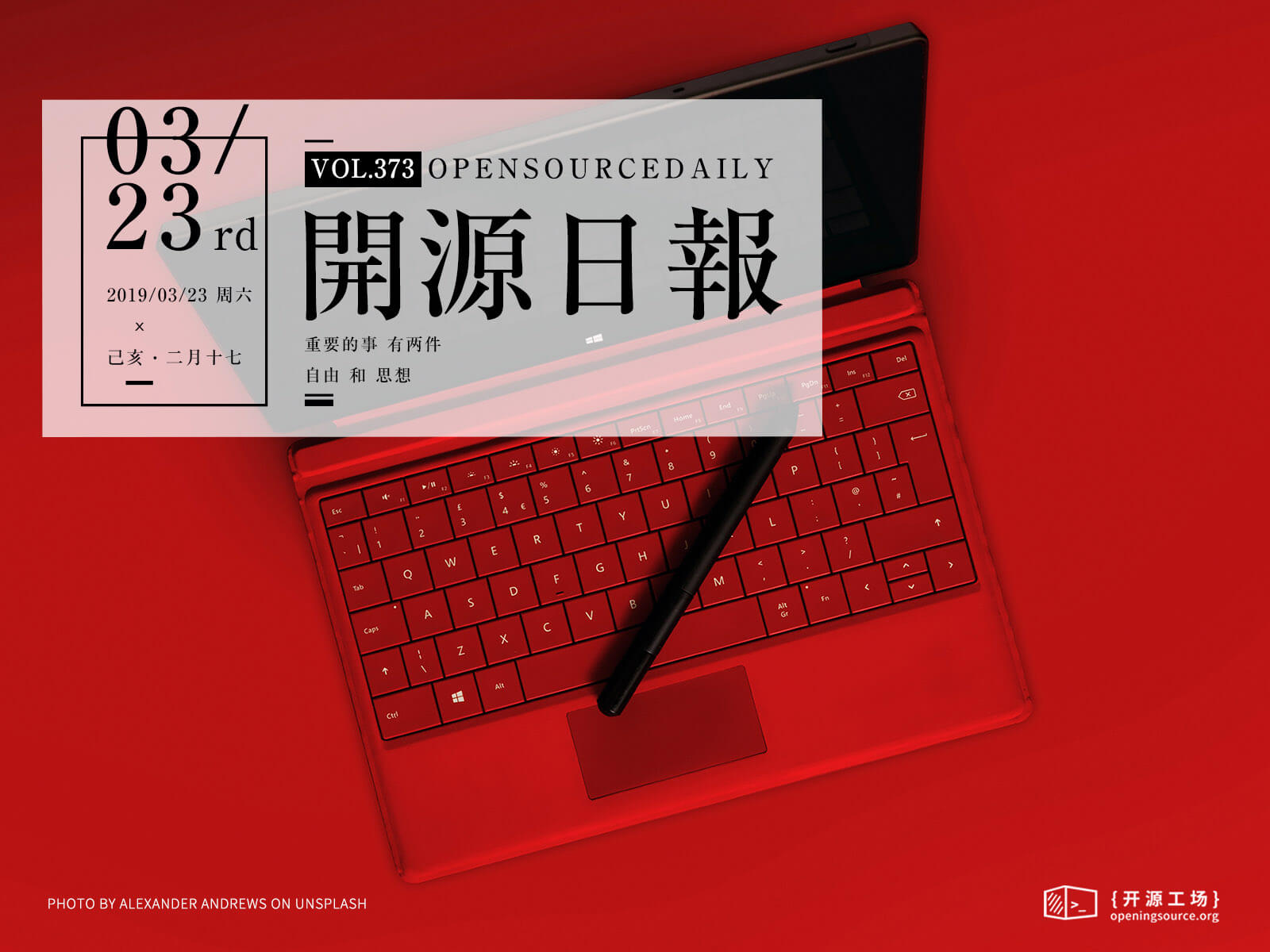今日推荐开源项目:《论文技巧 paper-tips-and-tricks》
今日推荐英文原文:《A Brief History of FOSS Practices》

今日推荐开源项目:《论文技巧 paper-tips-and-tricks》传送门:GitHub链接
推荐理由:一个关于写学术论文的技巧合集。尽管它们中的一些需要依赖特定的工具,但是其中提到的思想——排版和符号等等可以在任何地方起到作用,对于刚开始写学术论文的朋友来说尽早了解它们是个好事,而且项目最后提到的资源也能在写论文的时候提供帮助。
今日推荐英文原文:《A Brief History of FOSS Practices》作者: Avimanyu Bandyopadhyay
原文链接:https://itsfoss.com/history-of-foss/
推荐理由:FOSS 历史简单回顾
A Brief History of FOSS Practices
We focus a great deal about Linux and Free & Open Source Software at It’s FOSS. Ever wondered how old such FOSS Practices are? How did this Practice come by? What is the History behind this revolutionary concept?In this history and trivia article, let’s take a look back in time through this brief write-up and note some interesting initiatives in the past that have grown so huge today.
Origins of FOSS
The origins of FOSS goes back to the 1950s. When hardware was purchased, there used to be no additional charges for bundled software and the source code would also be available in order to fix possible bugs in the software.It was actually a common Practice back then for users with the freedom to customize the code.
At that time, mostly academicians and researchers in the industry were the collaborators to develop such software.
The term Open Source was not there yet. Instead, the term that was popular at that time was “Public Domain Software”. As of today, ideologically, both are very much different in nature even though they may sound similar.
SHARE
Back in 1955, some users of the IBM 701 computer system from Los Angeles, voluntarily founded a group called SHARE. The “SHARE Program Library Agency” (SPLA) distributed information and software through magnetic tapes.Technical information shared, was about programming languages, operating systems, database systems, and user experiences for enterprise users of small, medium, and large-scale IBM computers.
The initiative that is now more than 60 years old, continues to follow its goals quite actively. SHARE has its upcoming event coming up as SHARE Phoenix 2019. You can download and check out their complete timeline here.
The GNU Project
Announced at MIT on September 27, 1983, by Richard Stallman, the GNU Project is what immensely empowers and supports the Free Software Community today.Free Software Foundation
The “Free Software Movement” by Richard Stallman established a new norm for developing Free Software.He founded The Free Software Foundation (FSF) on 4th October 1985 to support the free software movement. Software that ensures that the end users have freedom in using, studying, sharing and modifying that software came to be called as Free Software.
Free as in Free Speech, Not Free BeerThe Free Software Movement laid the following rules to establish the distinctiveness of the idea:
- The freedom to run the program as you wish, for any purpose (freedom 0).
- The freedom to study how the program works, and change it so it does your computing as you wish (freedom 1). Access to the source code is a precondition for this.
- The freedom to redistribute copies so you can help your neighbor (freedom 2).
- The freedom to distribute copies of your modified versions to others (freedom 3). By doing this you can give the whole community a chance to benefit from your changes. Access to the source code is a precondition for this.
The Linux Kernel
How can we miss this section at It’s FOSS! The Linux kernel was released as freely modifiable source code in 1991 by Linus Torvalds. At first, it was neither Free Software nor used an Open-source software license. In February 1992, Linux was relicensed under the GPL.The Linux Foundation
The Linux Foundation has a goal to empower open source projects to accelerate technology development and commercial adoption. It is an initiative that was taken in 2000 via the Open Source Development Labs (OSDL) which later merged with the Free Standards Group.Linus Torvalds works at The Linux Foundation who provide complete support to him so that he can work full-time on improving Linux.
Open Source
When the source code of Netscape Communicator was released in 1998, the label “Open Source” was adopted by a group of individuals at a strategy session held on February 3rd, 1998 in Palo Alto, California. The idea grew from a visionary realization that the Netscape announcement had changed the way people looked at commercial software.This opened up a whole new world, creating a new perspective that revealed the superiority and advantage of an open development process that could be powered by collaboration.
Christine Peterson was the one among that group of individuals who originally suggested the term “Open Source” as we perceive today (mentioned earlier).
Evolution of Business Models
The concept of Open Source is a huge phenomenon right now and there are several companies that continue to adopt the Open Source Approach to this day. As of April 2015, 78% of companies used Open Source Software with different Open Source Licenses.Several organisations have adopted different business models for Open Source. Red Hat and Mozilla are two good examples.
So this was a brief recap of some interesting facts from FOSS History. Do let us know your thoughts if you want to share in the comments below.
下载开源日报APP:https://openingsource.org/2579/
加入我们:https://openingsource.org/about/join/
关注我们:https://openingsource.org/about/love/
